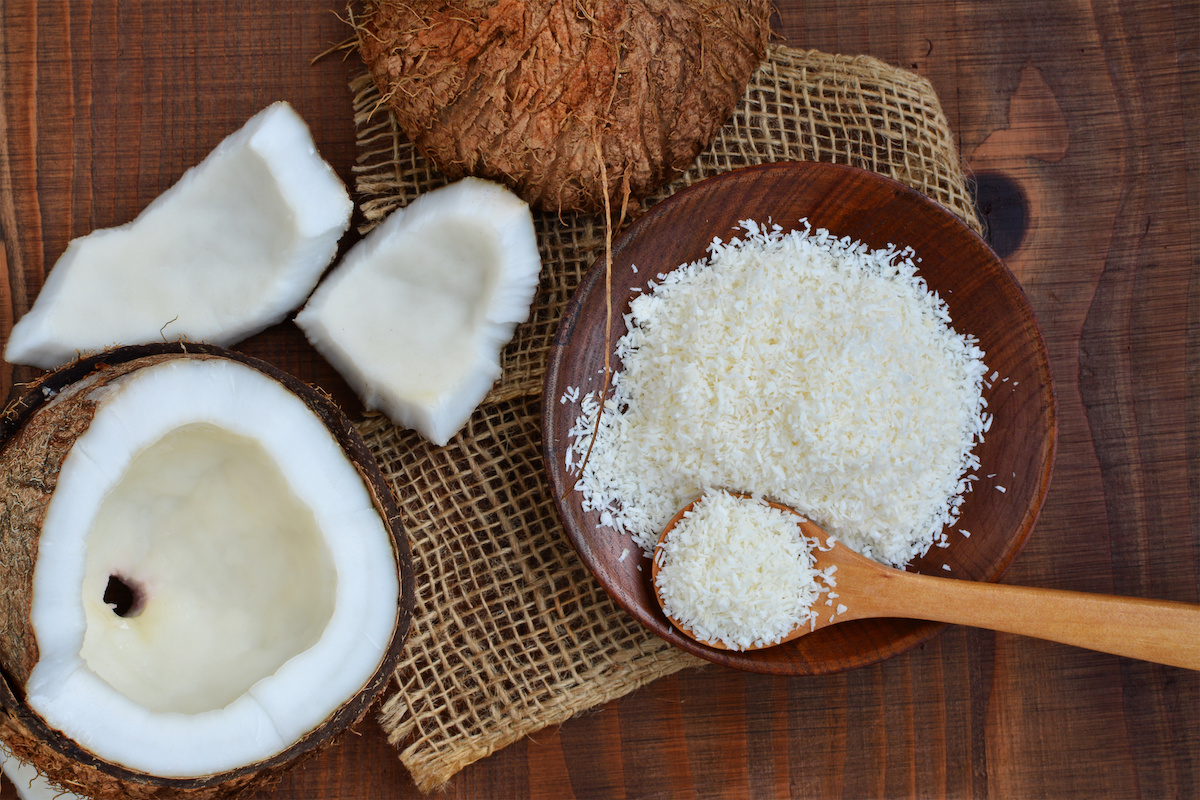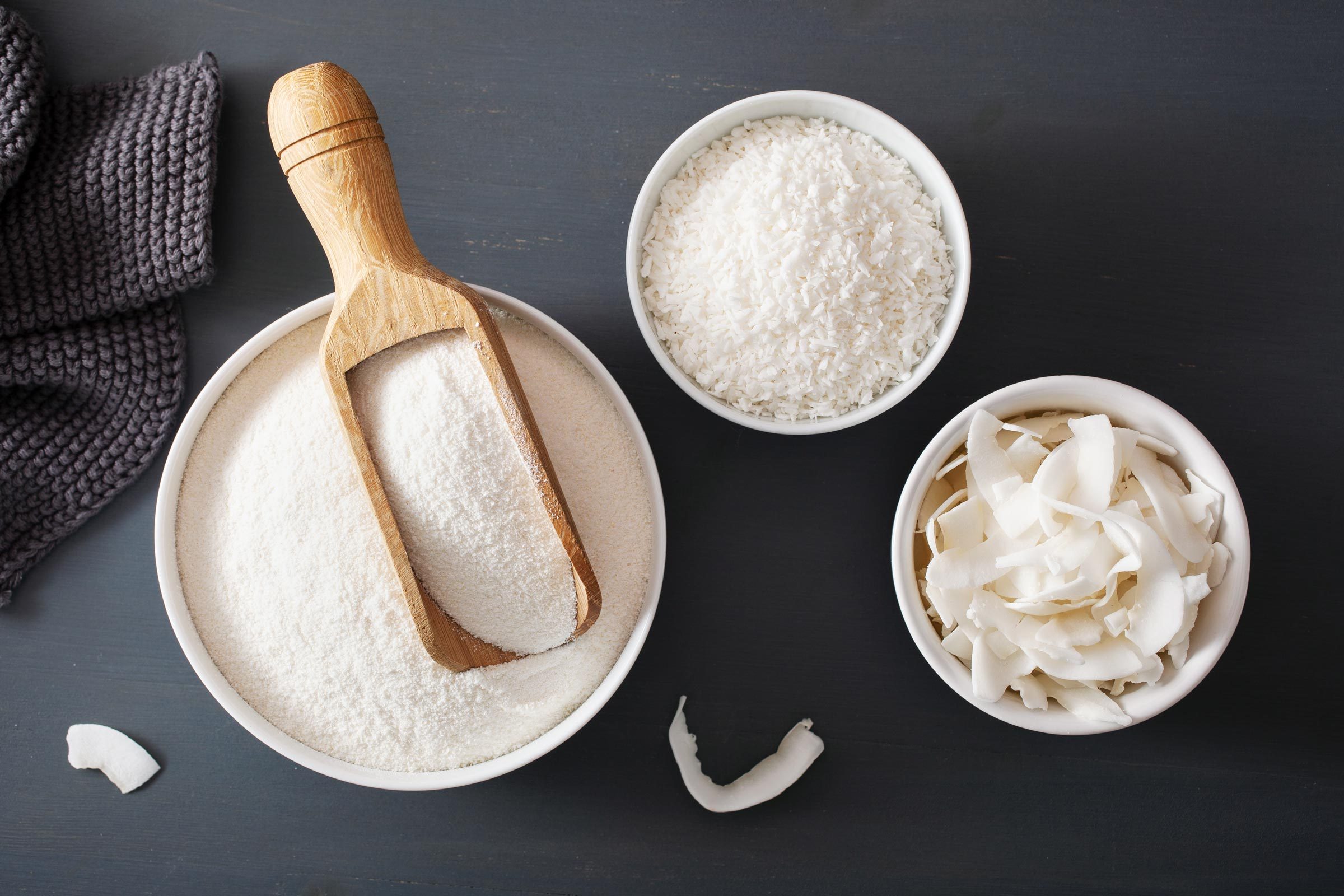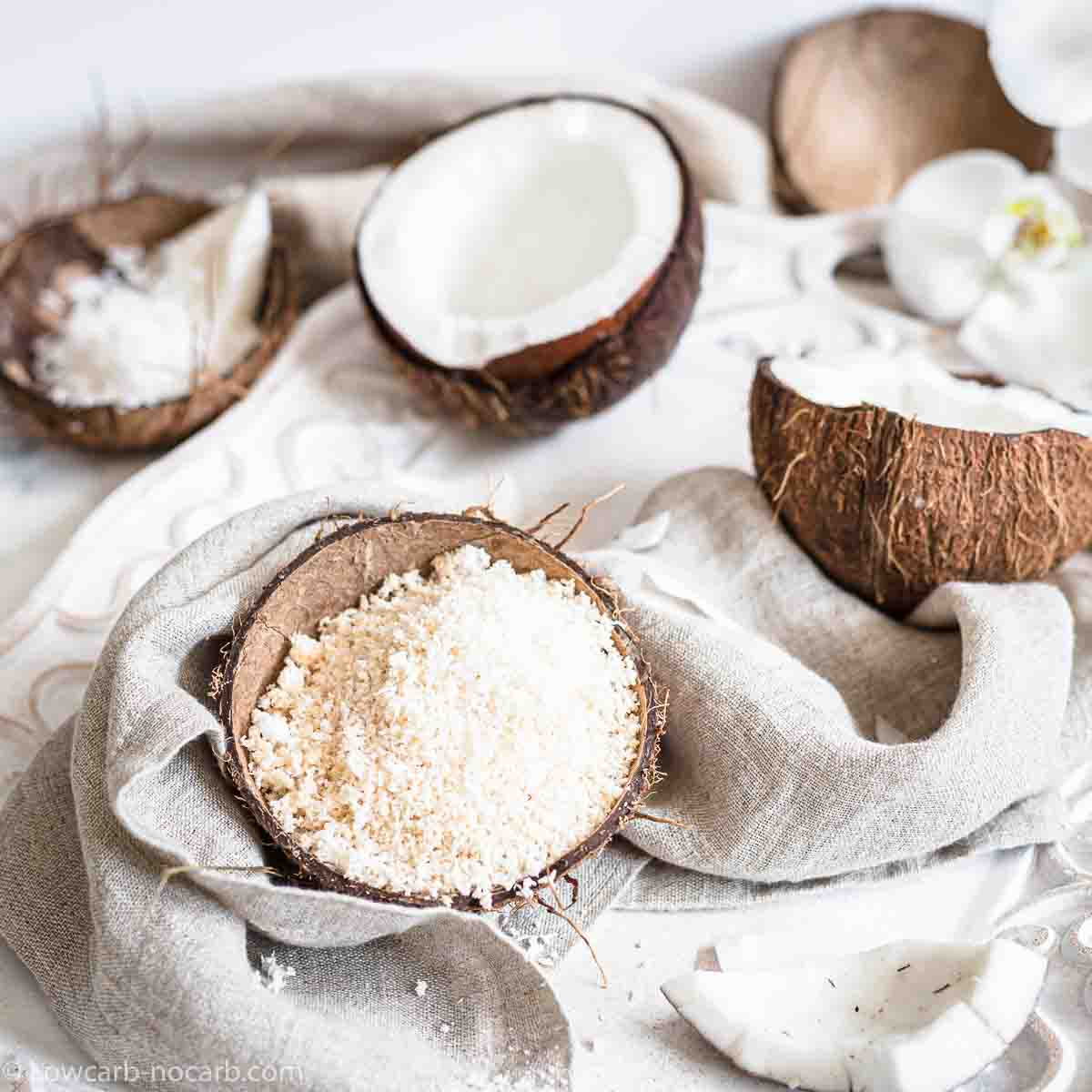Jackfruit
Jul 03, 2024

Desiccated Coconut

Potential market of Desiccated Coconut
Desiccated coconut as an industry has always demonstrated promise in terms of helping a nation achieve its economic goals. Since the colonial era, Sri Lanka has developed into the fourth-largest provider of coconuts in the world, with coconuts being one of its main crops. One of the island's most significant food processing sectors is the desiccated coconut sector.
Types of desiccated coconut
Fine Desiccated Coconut: Fine desiccated coconut has a finely grated texture, resembling small flakes or granules. It is commonly used in baking and confectionery applications where a smooth texture is desired
Medium Desiccated Coconut: Medium desiccated coconut has slightly larger flakes compared to the fine variety. It provides a slightly coarser texture and is commonly used as a topping or garnish in various dishes.

Processing Steps
The process includes a selection of coconuts
Once the coconut is adequately dried, it is allowed to cool down to room temperature. It is then packaged in airtight containers or bags to maintain its freshness and prevent moisture absorption. After the food is being de-husked, it is sent to the factory where they are split using a special knife to obtain a complete, undamaged ball. The outer Testa is also removed using a special knife.Then the pair of kernels are cut and the coconut water is discarded After the kernel pieces are pasteurized under the correct temperature,it goes through the process of grinding and shredding. The obtained product is then adjusted to correct temperatures and then packed after cooling and being graded by size.

How to store
The shelf life cannot be compared to that of fresh coconut due to the lower moisture content. It may be kept fresh for six months by refrigerating it and storing it in plastic bags.
Quality of products
For about 20 minutes, the coconut flakes are steam blanched to kill any remaining microbes. The fragmented kernel is dried in a hot air dryer for around 10 hours at a temperature of 80-90°C to lower the moisture content to 3%. Compared to fresh coconut, desiccated coconut is simpler to transport and has a longer shelf life.
Culinary uses
To lend a coconut taste and texture to savory and sweet recipes, desiccated coconut can be used as a coating, garnish, or component. Adding dried coconut to baked goods, hot or cold cereal, and by itself as a snack all taste fantastic. You may also incorporate it into cooked veggies, smoothies, and salads. Desiccated or flakes of coconut can be used to make muesli, cookies, and breakfast cereal.
Health benefits
Coconut that has been desiccated is a good source of nutrients. It contains vital minerals like selenium, copper, iron, and manganese, which are crucial for a number of biological processes. Additionally, it contains dietary fiber, which promotes a healthy digestive tract and helps with digestion.